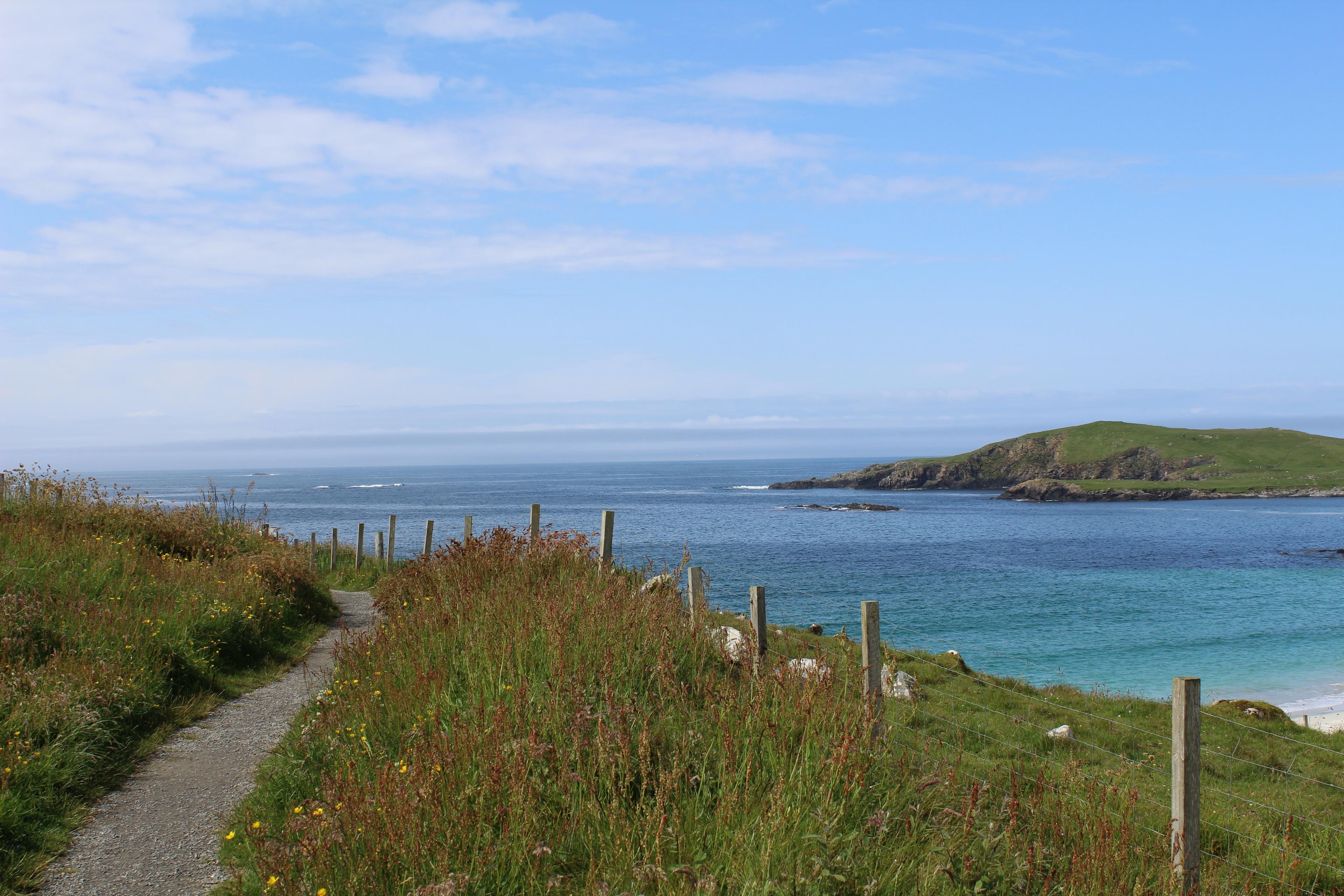With 1,697 miles of spectacular coastline, Scotland’s Shetland Islands are an ideal destination for a walking vacation. Discover a land of rugged cliffs along the North Sea and Atlantic, placid inland lochs and heather-clad hills. There are Neolithic-era historical sites, a wondrous array of wildflowers and countless birds and mammals. There’s something for everyone and it’s best discovered on foot. Here’s how:
Why Should I Explore the Shetlands on a Walking Vacation?
Walking brings you ever closer to the landscape and true personality of a region. With a highly qualified and knowledgeable guide at your side, you’ll get first-hand knowledge of the Shetlands’ landscape, weather and points of interest. You can choose a walking holiday that is particularly suited to your abilities and interests.
What’s Interesting About the Shetland Islands?
So much!
Jaw-Dropping Geology
The Shetland Islands have earned UNESCO Global Geopark status for their rich earth heritage that spans nearly three billion years. There are rocks to be found from every era, from Precambrian to the Carboniferous. In one day alone, you can walk on ancient oceanic crust, explore a volcano and wander across shifting sands. The islands have shifted in location over the past 700 million years, bringing them to their current latitude of 60 degrees north (they started out close to the South Pole across the equator). Ocean and mountain formation, volcanoes, deserts, ice ages and ancient rivers have all contributed to the islands’ unique geologic features. Learn more at the Museum and Archives in Lerwick, where exhibits tell the story of the Shetlands, then venture out to see it firsthand.
Ancient History
As you explore the Shetland Islands’ historic sites, you’ll be canvassing 5,000 years of human history. Without dense population or intensive farming, the archaeological sites here have survived for centuries. Among the most popular are the Clickimin Broch, an ancient stone roundhouse that is thought to date from the late Bronze Age; Jarlshof, a settlement with remains from the Bronze Age, Iron Age, Viking and medieval periods; and Old Scatness, a large broc dating from between 400 BC and 200 BC and surrounded by an Iron Age village.
Wow-Worthy Wildlife
Those Shetland ponies you’ve seen at the petting zoo? You’ll see them in the wild here, grazing by the roadside or on a beach. Local crofters own and tend to the ponies, but you’ll see them out and about in the West Mainland, Scalloway, Tingwall, Dunrossness and the island of Unst. The islands are a bird watcher’s paradise as well, with the chance to see red-throated divers, waders, moorland birds and whooper swans. Some of the best spots for ornithologists (professional or amateur) are the RSPB nature reserve at Sumburgh Head and the Noss National Nature Reserve, with 23,000 gannets, 24,000 guillemots and 10,000 fulmar. And we haven’t even mentioned sea life yet - look for common seals, grey seals, otters, harbor porpoises and, sometimes, orca whales!
Highlights of Shetland Island Walks
- Climbing to the top of Mousa Broch
- Hiking and exploring the caves, arches, stack and skerries of Papa Stour
- Walking to Fethaland, the northernmost tip of the Mainland
- Hiking in Hermaness Nature Reserve
- Boating around Noss and its seabird colonies
- Experiencing the prolific birdlife of Sumburg
- Learning about Viking heritage at Jarlshof
- Hiking the rugged coastline of Muckle Flugga, the northernmost point of the United Kingdom
And more!
Ready to walk? Let’s chat about guided, small-group walking holidays in the Shetland Islands.

